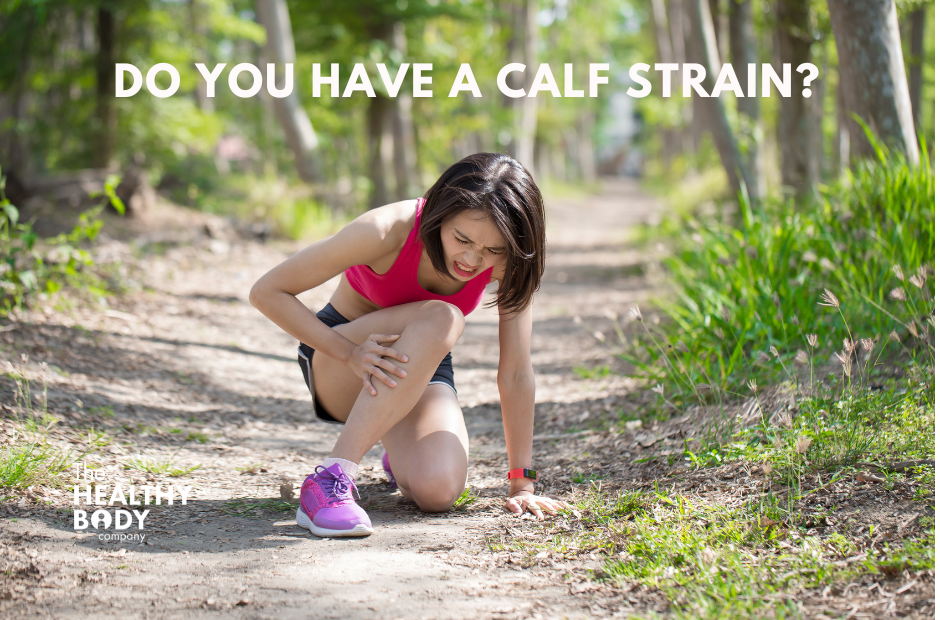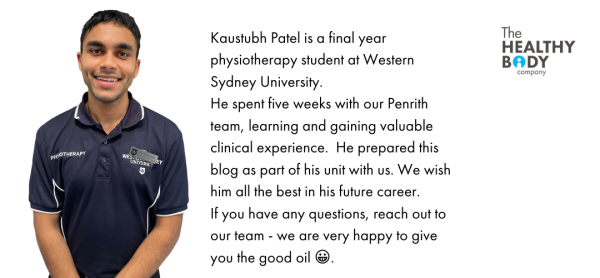
A calf strain or tear (sometimes known as “tennis leg”) is a strain to the gastrocnemius muscle in the back of the calf. Injuries to this muscle can happen if the muscle is unable to take the load especially if it is stretched at the time. This can cause injuries from small tears to a complete rupture depending on the severity of the injury.
This muscle controls the ankles allowing them to point downwards and helps us to push off the ground during walking and jumping. Because of this, injury often happens when we ask the muscle to push hard against a weight it cannot move.
There are different grades used to describe different levels of injury in muscle strains.

Muscle strains are graded according to the degree of injury. This allows guidance on recovery times.
A muscle strain will follow the normal pattern for any muscle strain including pain, swelling and
trouble using the muscle.
Management of this condition is slightly different depending on the extent of the injury.
For grade 1 tears, they are less of a hassle and should show signs of resolution in the first week.
For grade 2 and 3 tears management tends to follow the following stages. Your physiotherapist will assess you and ensure that you are moving through each stage when it is safe to do so.
Target the pain and swelling, and use rest, ice, elevation and compression to let the inflammation settle as soon as possible so we can progress to the next stages of healing.
Movement is a priority here with gentle balance and light strengthening designed to help the muscle fibers heal. This stage should still be protected and should not push the tear.
Now it’s time to start loading it! As the muscles heals we can slowly progress to load them and put them through the natural shortening and stretching cycle. You should be able to walk and do weight bearing exercises but this should be done in a careful manner with consistent progressions to optimize rehab and prevent reinjury.
At this point you should be able to start putting some weight through the muscle and do some harder exercises. The idea is to progress to skills like gentle running and building overall strength and endurance. In the early stages there will be a light fear avoidance but gradual exposure and gentle overload is best.
Finally, for the sports enthusiasts this is the fun part… We can start weaning into sports training and doing more plyometric exercises and sports style exercises. Athletes will require additional testing and sporting skill maneuvers for proper clearance before returning to sport.
To prevent a repeat of the injury in the future,
Physiotherapy can help by accurately diagnosing your calf strain and preparing a personalized rehab program depending on your needs. Physiotherapy can also help make daily functional activities pain free and provide necessary support and guidance to help you return to your favorite hobbies as quickly and safely as possible!
